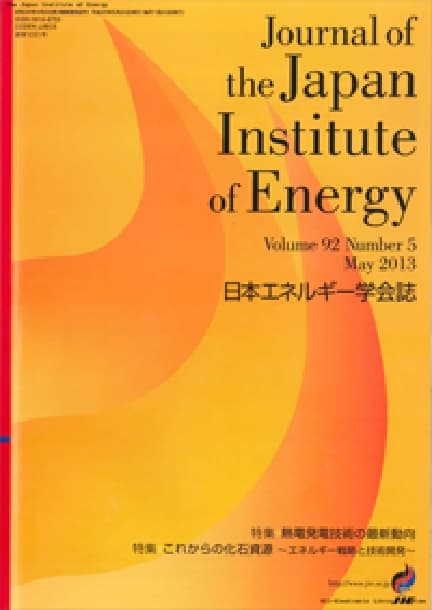Technoeconomic Assessment of Mini-grids in Myanmar
Masako NUMATA, Masahiro SUGIYAMA, Gento MOGI, Wunna Swe, Venkatachalam ANBUMOZHI
pp. 67-74
DOI:
10.3775/jie.99.67Abstract
The electrification rate of Myanmar is about 40 percent and its improvement is an urgent matter. The Sustainable Development Goal 7 recognizes the importance of energy access and calls for a solution to the Government of Myanmar’s plans to reach 100 percent electrification by 2030. To achieve this ambitious plan, both centralized (main-grid extension) and decentralized approaches should be considered. In this study, we focused on distributed mini-grids among electrification options. In Myanmar, as in other developing countries in the region, diesel generators are widely used as power sources of mini-grids. Considering the global trend of reduction of carbon dioxide emission, power sources should be selected carefully. When discussing possible power sources, cost-competitiveness is an important aspect. Therefore, we researched the question: How costcompetitive are mini-grids powered by solar photovoltaics (PVs) compared to conventional diesel power source? We used the primary data collected through interviews and field surveys, and calculated the levelized cost of electricity (LCOE) of mini-grids. Our results show that solar PVs and batteries are cost-competitive compared with diesel in off-grid areas where diesel fuel prices are much higher than in urban areas. However, to improve efficiency, daytime use of electricity (e.g. productive use) needs to be promoted.
Readers Who Read This Article Also Read
Journal of the Japan Institute of Energy Vol.99(2020), No.10
Journal of the Japan Institute of Energy Vol.99(2020), No.10
Journal of the Japan Institute of Energy Vol.99(2020), No.11










